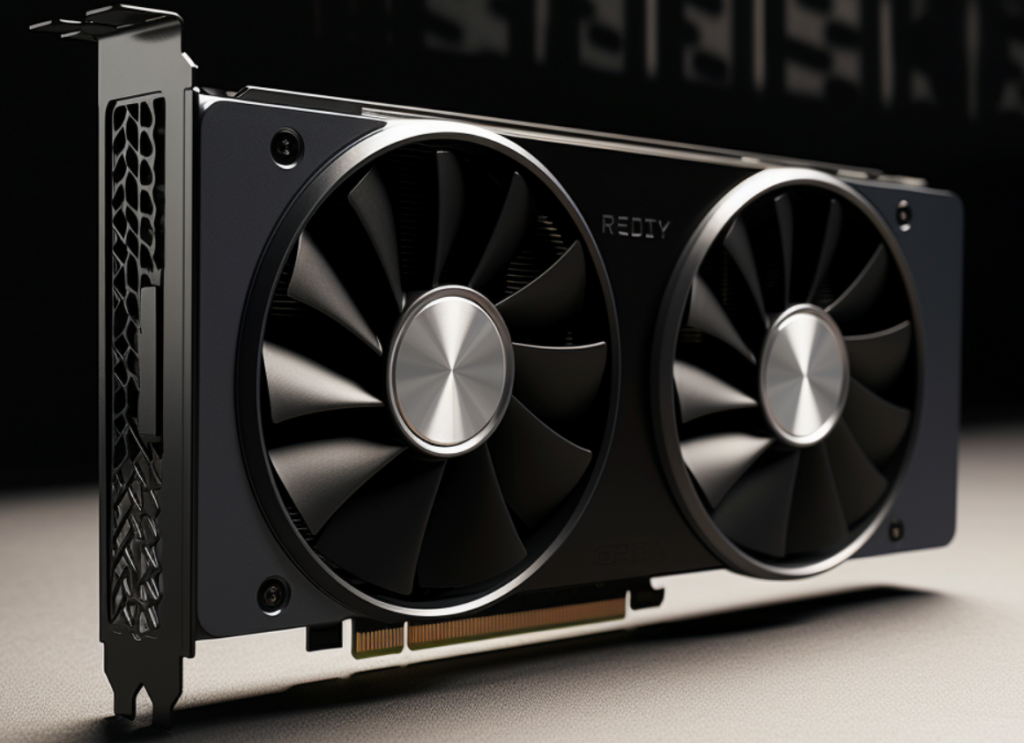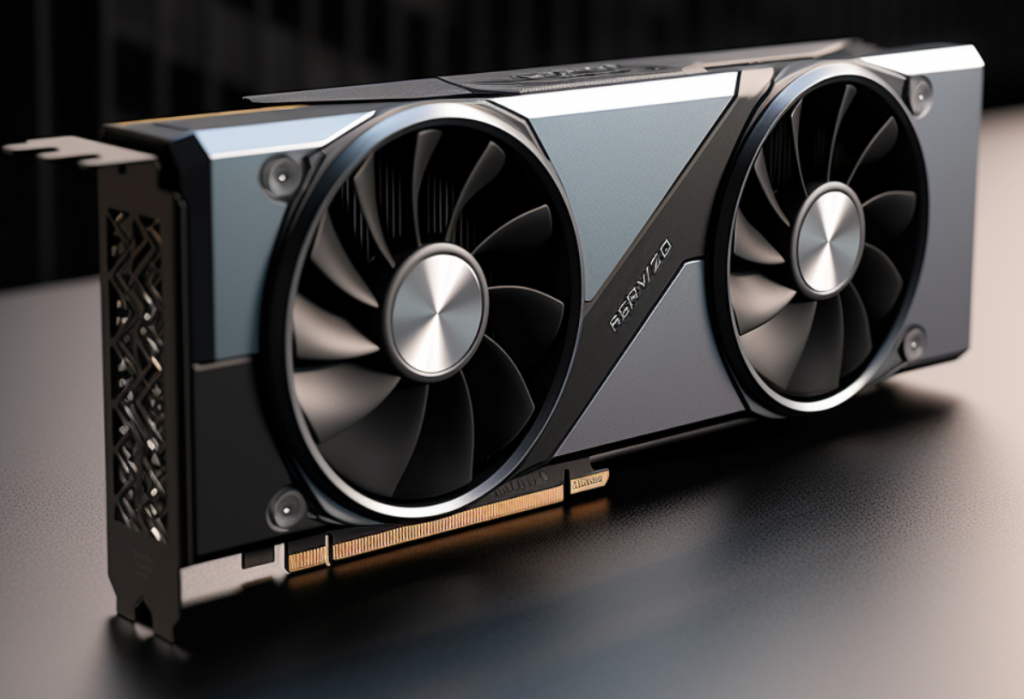In the ever-evolving world of graphics processing units (GPUs), Nvidia has firmly established itself as a leader, consistently pushing the boundaries of technology and performance. One of their most notable recent additions is the Nvidia GeForce RTX 4060 Ti, a cutting-edge GPU that stands as a testament to Nvidia’s commitment to innovation. In this comprehensive guide, we’ll delve into everything you need to know about this impressive piece of hardware before you make your purchasing decision.

The Nvidia GeForce RTX 4060 Ti: A Powerhouse GPU
Nvidia’s RTX 4060 Ti, part of the formidable GeForce RTX 40 series, is a GPU that caters to the demands of modern gaming, creative tasks, and data science. Armed with second-generation RT Cores, third-generation Tensor Cores, and streaming multiprocessors, it offers unparalleled graphics processing power, making it a worthy contender in the competitive GPU market.
But what does this all mean? Let’s break down these core features:
- RT Cores: RT Cores are responsible for the real-time ray tracing capabilities of the RTX 4060 Ti, a feature that significantly enhances the realism of rendered images by simulating the physical behavior of light.
- Tensor Cores: These cores, equipped with AI algorithms, assist in deep learning and AI tasks, enabling features like DLSS (Deep Learning Super Sampling), an AI rendering technology that boosts frame rates while maintaining sharp images in games.
- Streaming Multiprocessors (SMs): SMs are the heart of the GPU, controlling the processing of multiple tasks simultaneously. The higher the number of SMs, the better the performance of the GPU.
Unleashing the Full Potential: Performance and Specs
The RTX 4060 Ti is more than just a sum of its parts. When it comes to performance, it steps up to the plate, proving itself to be a workhorse for the most demanding tasks.

The RTX 4060 Ti employs the Ampere architecture, Nvidia’s 2nd generation RTX architecture, which brings with it significant improvements over its predecessor, Turing. The Ampere architecture enhances the performance of ray tracing and AI, thus providing faster and more efficient rendering.
In terms of raw specs, the RTX 4060 Ti boasts impressive figures. With a robust memory size and a high boost clock, it ensures smooth performance even in the most graphically demanding games or data-heavy tasks. The exact specs, however, may vary slightly based on the manufacturer, so it’s always wise to check these details before purchasing.
Pricing: Is It Worth the Investment?
When it comes to GPUs, price is always a major consideration. The RTX 4060 Ti, being a high-end GPU, comes with a hefty price tag. However, considering the cutting-edge technology and impressive performance it offers, many would argue that it is well worth the investment.
It’s important to note that GPU prices can fluctuate due to various factors such as demand, availability, and even global semiconductor shortages. Therefore, it’s wise to monitor the market trends before making a purchase.
Compatibility: Will It Work with Your System?
Another critical aspect to consider before buying a GPU is its compatibility with your existing system. The RTX 4060 Ti requires a certain amount of power and space to function efficiently. Therefore, you need to ensure your PC has a
sufficient power supply unit (PSU) and enough room to accommodate it.
Moreover, the RTX 4060 Ti uses PCIe 4.0 interface. While it is backward compatible with PCIe 3.0, using it with a PCIe 4.0 compatible motherboard will allow you to leverage its full potential.
Finally, you’ll need to ensure your CPU doesn’t bottleneck the GPU. Pairing a high-end GPU with a low-end CPU can limit the performance of the GPU. Therefore, it’s crucial to ensure your CPU is powerful enough to keep up with the RTX 4060 Ti.
Conclusion
The Nvidia GeForce RTX 4060 Ti is undoubtedly a remarkable GPU, offering top-tier performance and a suite of advanced features that cater to both gamers and professionals alike. However, before diving into your purchase, it’s crucial to consider its specs, pricing, and compatibility with your system. By doing so, you ensure that you’re not just buying a GPU, but making a worthwhile investment in your computing future.



